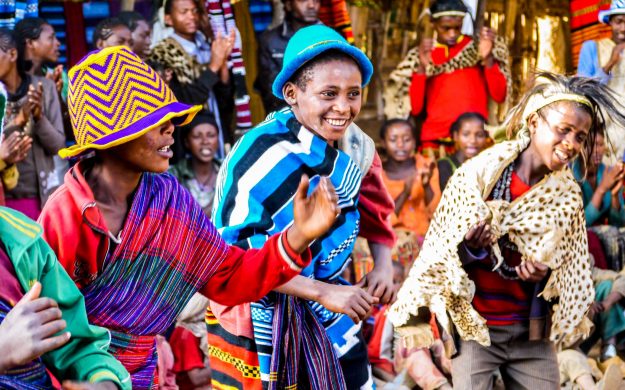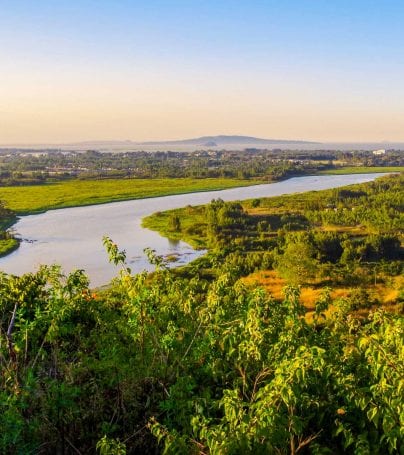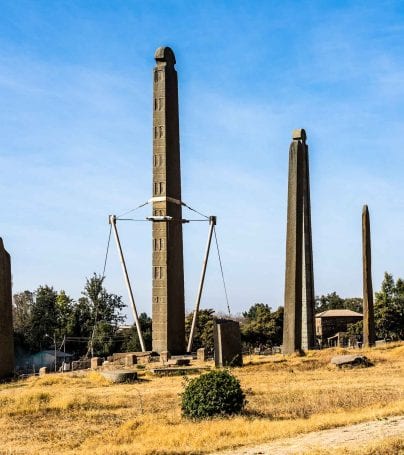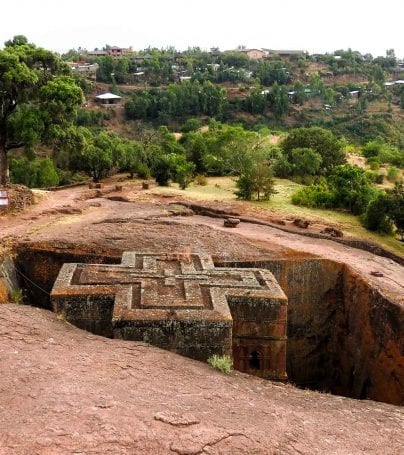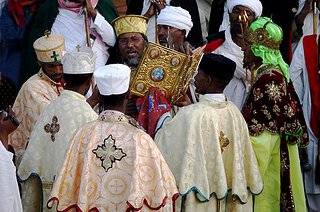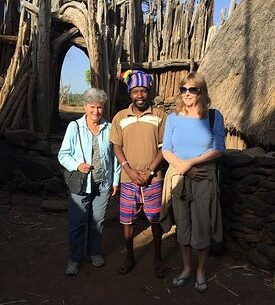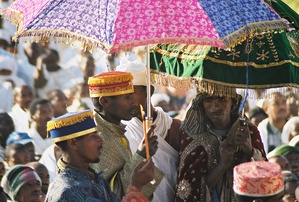Gondar Adventure Tours
Gondar (elev 2210 m) is a city in Ethiopia, which was once the old imperial capital and capital of the historic Begemder province. As a result, the old province of Begemder is sometimes referred to as Gondar. Located in the Semien Gondar Zone of the Amhara Region, Gondar is north of Lake Tana on the Lesser Angereb River and southwest of the Simien Mountains. Until the 16th century, the Solomonic Emperors of Ethiopia usually had no fixed capital, instead living in tents in temporary royal camps as they moved around their realms while their family, bodyguard and retinue devoured surplus crops and cut down nearby trees for firewood. One exception to this rule was Debre Berhan, founded by Zara Yaqob in 1456; Tegulet in Shewa was also essentially the capital during the first century of Solomonic rule.
Beginning with Emperor Minas in 1559, the rulers of Ethiopia began spending the rainy season near Lake Tana, often returning to the same location again and again. These encampments, which flourished as cities for a short time, include Emfraz, Ayba, Gorgora, and Dankaz.
Gondar was founded by Emperor Fasilides around the year 1635, and grew as an agricultural and market town. There was a superstition at the time that the capital’s name should begin with the letter ‘Gʷa’ (modern pronunciation ‘Gʷe’; Gonder was originally spelt Gʷandar), which also contributed to Gorgora’s (founded as Gʷargʷara) growth in the centuries after 1600. Tradition also states that a buffalo led the Emperor Fasilides to a pool beside the Angereb, where an “old and venerable hermit” told the Emperor he would locate his capital there. Fasilides had the pool filled in and built his castle on that same site. The emperor also built a total of seven churches; the first two, Fit Mikael and Fit Abbo, were built to end local epidemics. The five emperors who followed him also built their palaces in the town.
In 1668, as a result of a church council, the Emperor Yohannes I ordered that the inhabitants of Gondar be segregated by religion. This caused the Muslims to move into their own quarter, Islamge or Islam Bet, within two years.
During the seventeenth century, the city’s population is estimated to have exceeded 60,000 and was the second largest city in the world. In 1678, the visiting Armenian bishop Hovannes remarked that the city was “twice as big as Istanbul.” Many of the buildings from this period survive, as the eighteenth century was a time of turmoil and the city declined.
The town served as Ethiopia’s capital until Tewodros II moved the Imperial capital to Magadala (having forcibly depopulated the city and destroyed much of the infrastructure) upon being crowned Emperor in 1855. Abdallahi ibn Muhammad sacked Gondar when he invaded Ethiopia in 1887. Gondar was further developed under Italian occupation; during the Second World War, Italian forces made their last stand in Gondar in November 1941, after Addis Ababa fell to British forces in May.
As part of Operation Tewodros near the end of the Ethiopian Civil War, Gondar was captured by the Ethiopian People’s Revolutionary Democratic Front in March 1991.
The modern city of Gondar is popular as a tourist attraction for its many picturesque ruins in the Royal Enclosure, from which the Emperors once reigned. Gondar is also a noted center of ecclesiastical learning in the Ethiopian Orthodox Tewahedo Church.
The most famous buildings in the city lie in the seventeenth century Royal Enclosure, including Fasilides castle, Iyasu’s Palace, Dawit’s Hall, a banqueting hall, stables, Mentewab’s Castle, a chancellery, library and three churches. Near the city lie Fasiladas’ Bath, home to an annual ceremony where it is blessed and then opened for bathing; the Qusquam complex, built by Empress Mentewab; the eighteenth century Ras Mikael Sehul’s Palace and the Debre Berhan Selassie Church.
Downtown Gondar shows the influence of the Italian occupation of the late 1930s. The main piazza features shops, a cinema, and other public buildings in a simplified Italian Moderne style still distinctively of the period despite later changes and, frequently, neglect. Villas and flats in the nearby quarter that once housed occupation officials and colonists are also of interest.
Customize Your Dream Adventure
We are here to help craft tailor-made adventures for individuals, couples, families, and groups of explorers.

